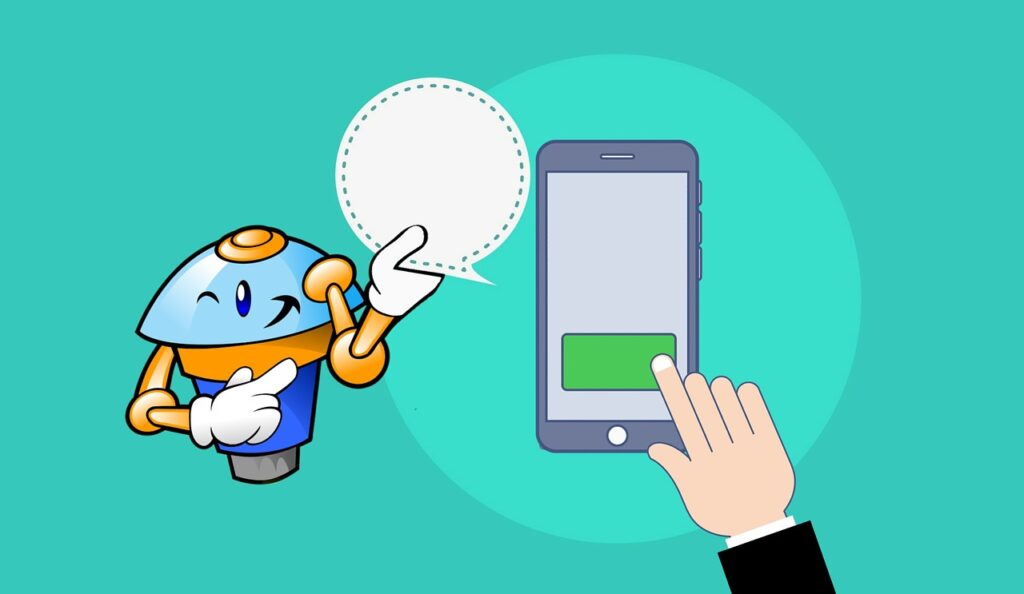Introduction
Conversational marketing has recently gained immense popularity as a go-to strategy. Its primary motto is to talk to people and make them like the product so they can buy it.
Certain cutting-edge technologies like live chat, messaging apps, and chatbots help to achieve this.
Conversational marketing is a means of creating two-way communication with customers.
To communicate with customers effectively, companies need to understand what they like and need. This helps them create messages that fit their interests.
People want to interact with companies in a way that feels comfortable and easy for them. Teaching your team to listen to customers’ opinions will help.
This helps companies understand their customers better and adjust their marketing to fit their needs.
Conversational marketing isn’t a cure for businesses. You need to think about your customers and use the right tools. This can lead to business growth and standing out from competitors.
Benefits of Conversational Marketing
Conversational marketing is a new way for businesses to talk with customers in a fun and personal way. The goal is to understand what customers want and need.
It has many benefits that we will talk about.
1. Increased Customer Engagement
Conversational marketing helps companies connect with customers better. This can lead to more people recognizing and liking the brand, increasing sales.
2. Improved Customer Satisfaction
Conversational marketing makes customers happier by talking to them and giving them what they want. This makes them happy and satisfied.
3. Enhanced Lead Generation
When businesses talk to customers, they can learn what they like and make better ads to sell more things.
How to Implement Conversational Marketing?
Talk to customers in real-time and personally through conversational marketing to make more sales. This helps build trust and improve their experience.
Follow these tips to implement conversational marketing:
1. Choose the Right Channels
To kick-start conversational marketing, opting for the appropriate channels should be the first choice. Remembering your target audience’s exact location and the preferred channel is critical.
Some widely used channels are live chat, social media, messaging apps, and chatbots. Implement these channels which are most pertinent to your organization and audience.
2. Personalize Your Conversations
Success in conversational marketing largely depends on personalization. Customizing your conversations according to customers’ preferences, behavior, and requirements is compulsory.
To improve your interactions with customers, use and analyze their information. This will help you to be more effective.
3. Be Proactive and Responsive
To boost conversational marketing, you must improve your proactivity and responsiveness. Connect with your customers at the right time and answer their questions quickly.
Automation, chatbots, and live tracking are perfect tools to achieve this goal. By being proactive and responsive, you gain customers’ trust and credibility.
4. Use Conversational Content
When a business talks to customers in blogs, videos, or social media, it’s easier for customers to talk back. Creating such content lets you spark conversations with your customers and keep them interested.
Conversational content is an excellent tool to inspire, educate, and entertain your customers.
5. Measure Your Results
It is crucial to evaluate and record your outcomes to measure progress. Using data to see how well your marketing works, you can improve your plan for better results.
Talking to your customers in a friendly way can help you sell more. Use the right ways to speak to them, be nice and quick, make it enjoyable, and check how it’s working.
Examples Of Successful Conversational Marketing Campaigns
Businesses talk to customers online for better sales.
Here are five creative examples:
1. Domino’s Pizza made ordering pizza easy with the “Dom” chatbot. Customers click to order and track, receiving updates.
2. Sephora made a robot helper on Kik that uses AI to suggest makeup.
3. H&M made a chatbot on Kik for eco-friendly fashion. It teaches and promotes their values.
4. 1-800-Flowers made buying flowers easier with the Facebook Messenger chatbot.
5. Spotify made a chatbot for music. It helps people find songs they like.
Challenges and Considerations
Conversational marketing is when businesses talk to their customers in real-time to make sales. It enables a deeper, more authentic connection with customers and prospects.
Nevertheless, there are obstacles to implementing this strategy.
1. One of the primary limitations is the requirement for a well-crafted plan. This plan must contain specific objectives, targeted clients, messaging, and communication platforms.
If you don’t make a plan, you might confuse people and not get the results you want when you talk to them.
2. Conversational marketing poses another limitation that demands a proficient team. Businesses need skilled employees to talk to customers well.
3. Businesses need to protect customer data when using chat marketing. Follow privacy laws for the countries where the customers live. Conversational marketing genuinely connects with customers.
Nevertheless, it poses some unique challenges that must be dealt with successfully for ultimate success. It needs constant improvement, monitoring, and testing to produce the desired outcomes.
To do well in conversational marketing, companies must:
– Measure success
– Be open to change
– Have a good team
– Prioritize privacy and security
– Keep improving
More Resources:
What is a Chatbot, and How Can it Help in Marketing?
Influencer Marketing: Work with Influencers to Grow Your Brand

Vijay Kumar is a digital marketing expert and founder of TechZant.
He is passionate about helping businesses grow their online presence through SEO and data-driven strategies.




